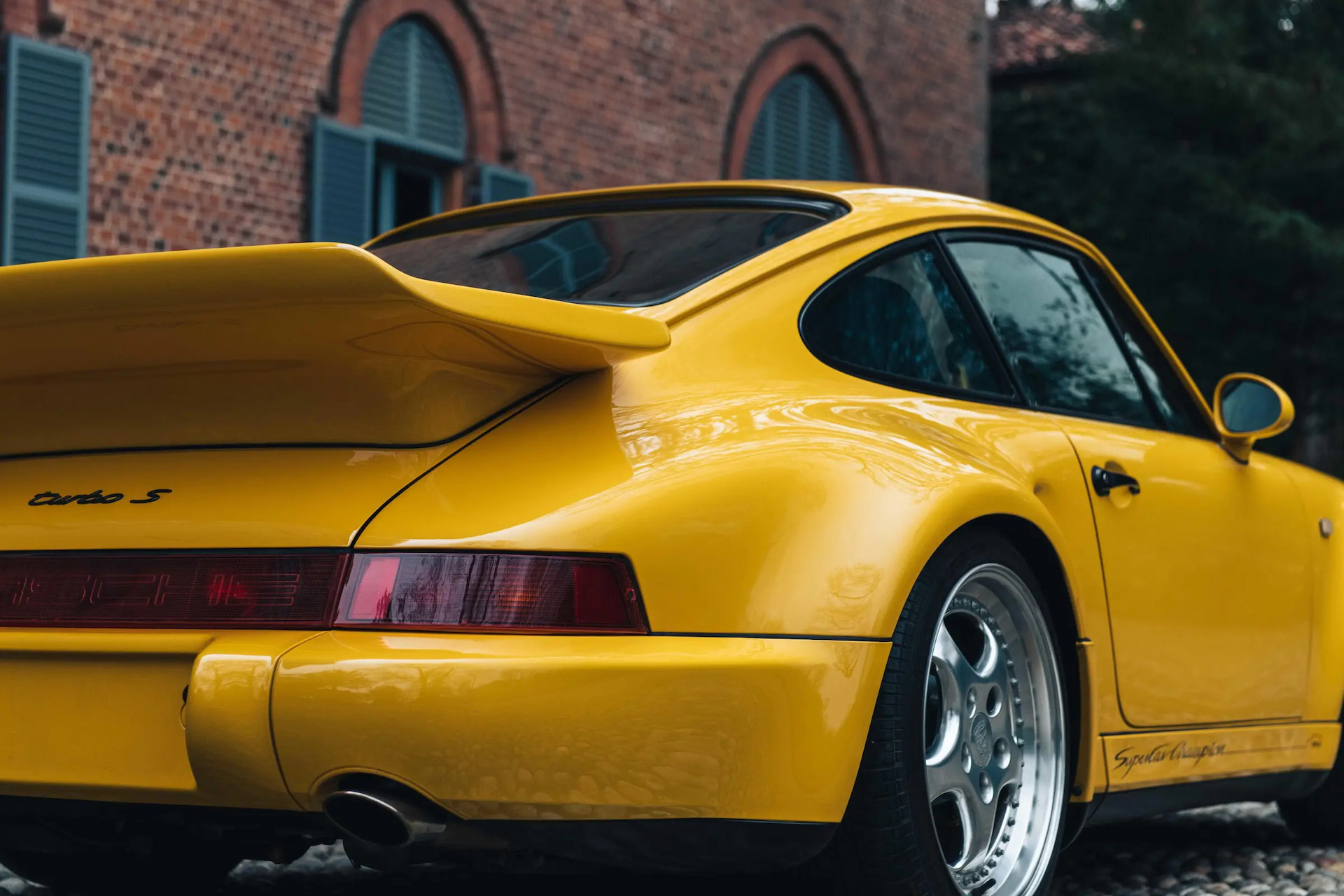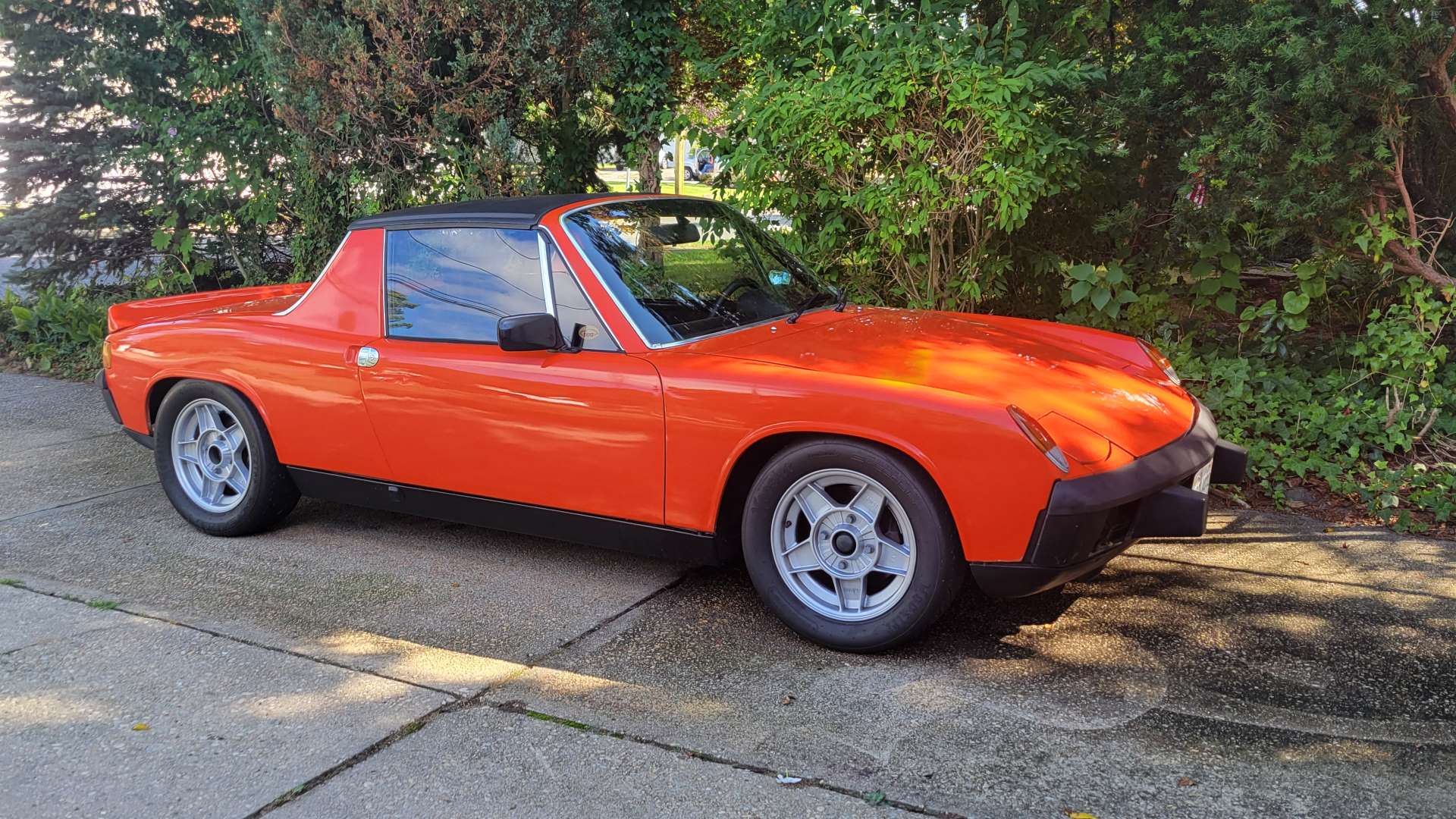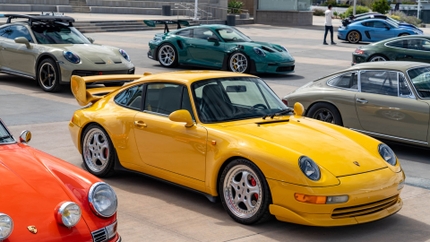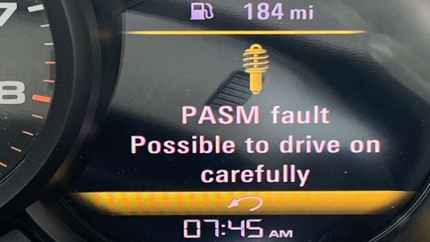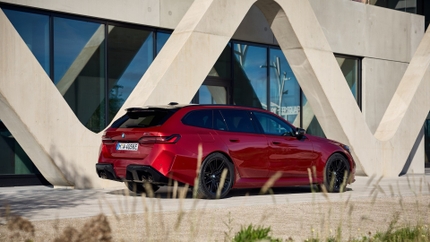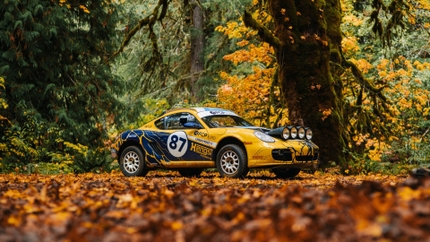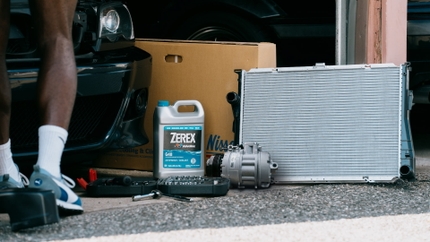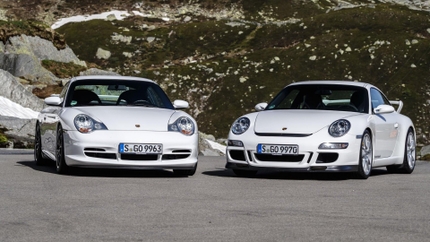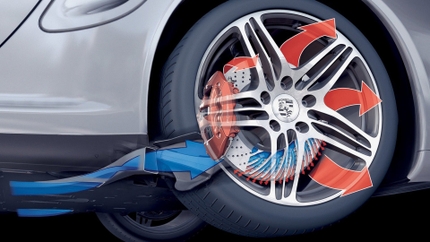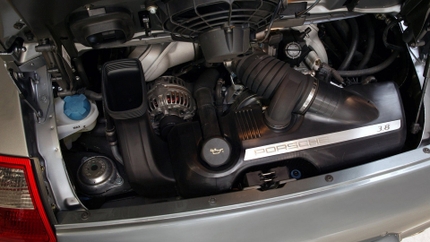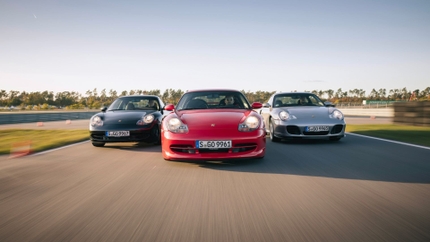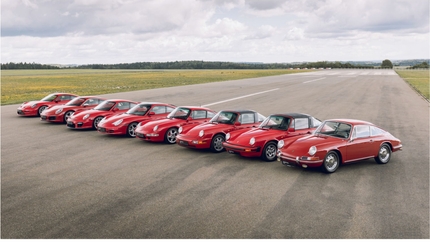- 05/29/2025
- 9 Min Read
- By: Christian Schaefer
Duck, Whale, & Turbo Tail - A Spotter's Guide to Air-Cooled Porsche 911 Tails/Spoilers
The Porsche 911 is pretty synonymous with aerodynamic aids. Spoilers and wings have been a part of the sports car’s journey for over fifty years and have played a significant role in the car's performance and iconic status. While the GT models exclusively feature today’s aerodynamic aids, it hasn't always been that way. Buyers of air-cooled 911s, when new, could select any available spoiler of the time, so it’s easy to confuse one with another unless you have this handy guide at your disposal.
Duck Tail
As with nearly every significant introduction or modification to the 911, motorsports was the driving force behind the legendary aero element. Specifically, small sport sedans like the BMW 2002 and Ford Capri. Both competitors had gained an edge over the 911, whose distinct shape had become detrimental to its motorsport performance.
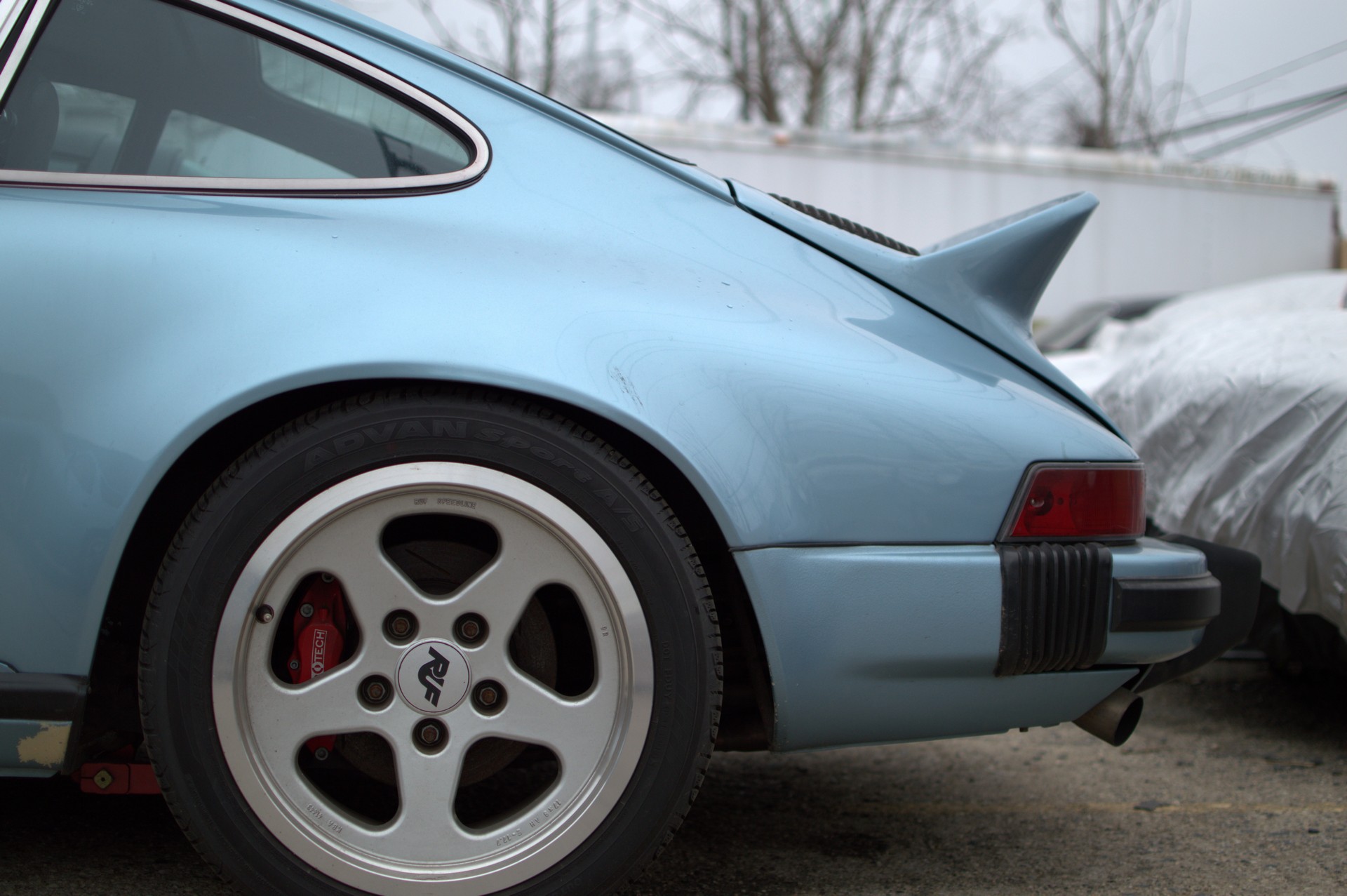
Beautiful as it may have been, the original 911 shape was perfect for generating lift at speed, precisely what you don’t want while doing 150mph down the Mulsanne. Front-end “fun” was solved with small extensions on the bottom of the front bumper, as seen on the 1972 S models, but the lift at the rear would need more attention. Cue Tilmann Brodbeck, a third-year engineer who would eventually become head of Porsche Exclusive Manufaktur. Taking inspiration from the Fiat 850 coupe, test designs were mocked up and laughed at until test driver Günter Steckkönig reported improved stability over a standard 911. Those feelings were then backed up empirically during testing at the Hockenheimring, where Steckkönig saw repeated stability improvements and picked up 4.5kph at the top end.
Although pedestrian safety concerns reduced the duck tail’s height by a few millimeters, the finished design was what the 911 needed. Wind tunnel testing showed lift reduction by two-thirds over a non-spoilered car (0.29CL to 0.08CL). Once finished, Porsche added the aero aid to the 911’s options list, but it wasn’t until the legendary Carrera 2.7RS that the world took notice and fell in love.
.jpg)
Despite its incredible popularity, it didn’t last too long. Available in late ‘72 as an option and standard on the ‘73 Carrera 2.7RS and ‘74 Carrera, engineers quickly replaced the short-lived spoiler for a better-performing unit—but not before other duck variants appeared in testing. Dig around Porsche’s image archives, specifically those from the ‘73 Targa Florio; you’ll find shots of the RSRs Porsche classified as prototypes instead of GTs so that they could test the next-generation engine and aero.
Occasionally dubbed the “Mary Stuart” tail for the resemblance to the collar worn by the Queen of Scots, the wrap-around duck tail was an extreme attempt and perfect representation of what the early days of the aerodynamic arms race looked like. Porsche’s motorsports engineers fitted two cars (R6 & R7) with the experimental spoiler exclusively for the 1973 season as those RSRs competed in the Prototype class. The radical design made it to the ‘74 season in a privateer’s hands, but no further development evolved from Porsche.
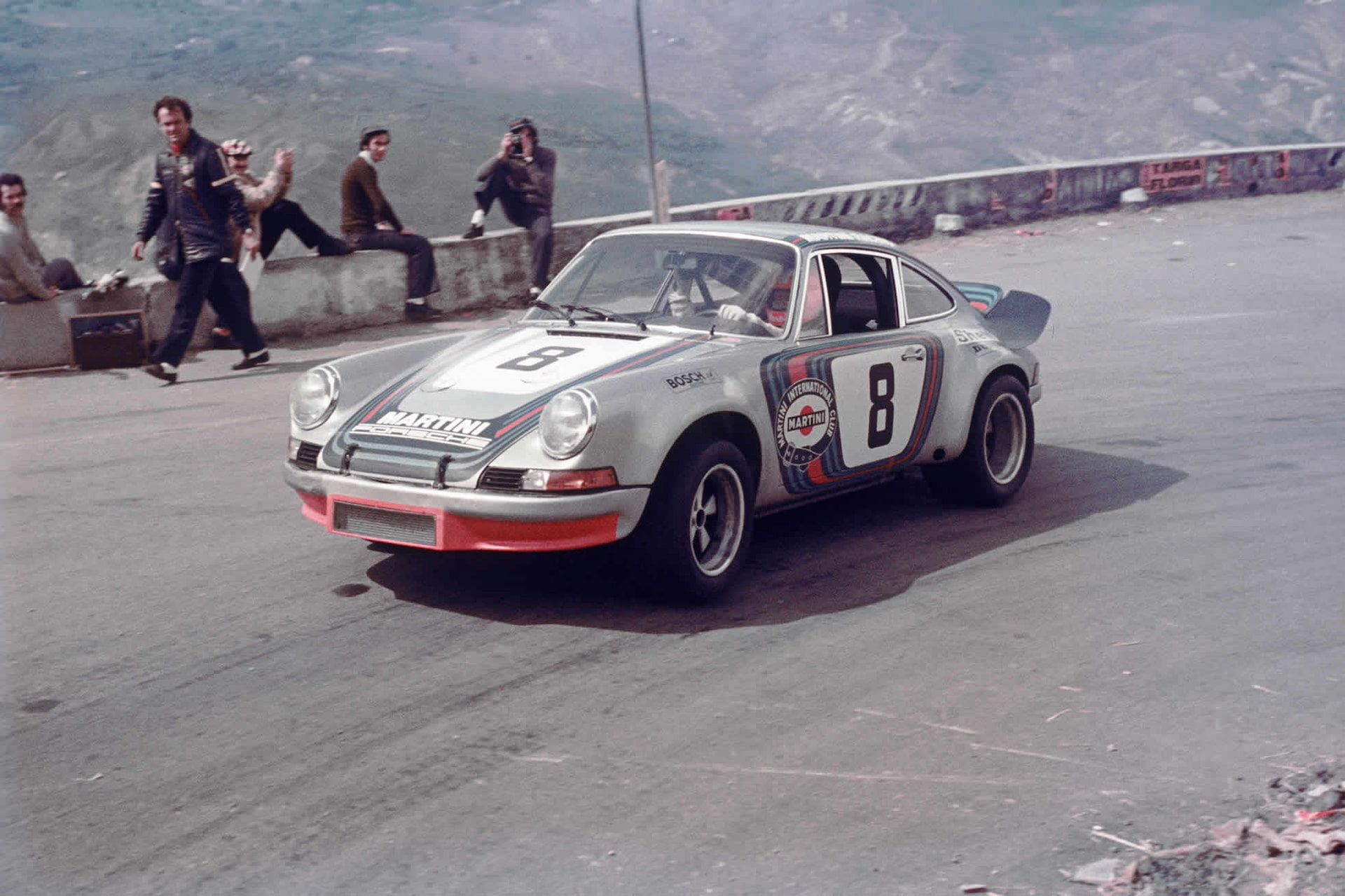
Whale Tail
The reason behind dropping the duck tail is simple: they created a better solution. In developing the duck and moving forward, it became clear to engineers that the bodywork didn’t have to be a drastic, upward-protruding element ramping the air upward. The “Gurney Flap” circa 1971 proved that reducing lift could be solved by a small addition at the rear edge of an airfoil, and Porsche was quick to work that into the 911.
.jpg)
The experience gained with the ‘73 RSRs campaigned in Group 5 is evident in the ‘74 RSR and its homologation variant, the Carrera 3.0RS. Far less known than every other RS 911 model, they were arguably the most extreme interpretation of a road-going 911 racer ever built, with 55 of the 110 converted into race configuration for international competition. Despite its lack of recognition, it introduced a handful of components we’d see going forward, including the Whale Tail.
The new spoiler was far flatter and broader than its predecessor, extending outward around the engine grill instead of upward. Like the Duck, the Whale Tail uses a steel frame wrapped in fiberglass, but with a soft polyurethane edge for improved pedestrian safety on those fitted to road-going models. Viewed from the side, the familiar upside-down airfoil shape appears for the first time, ending in a raised Gurney-flap-like raised section at its trailing edge. Combined with how the spoiler extends outwards from the engine lid, that edge forms the uncanny resemblance to a whale’s breached tail.
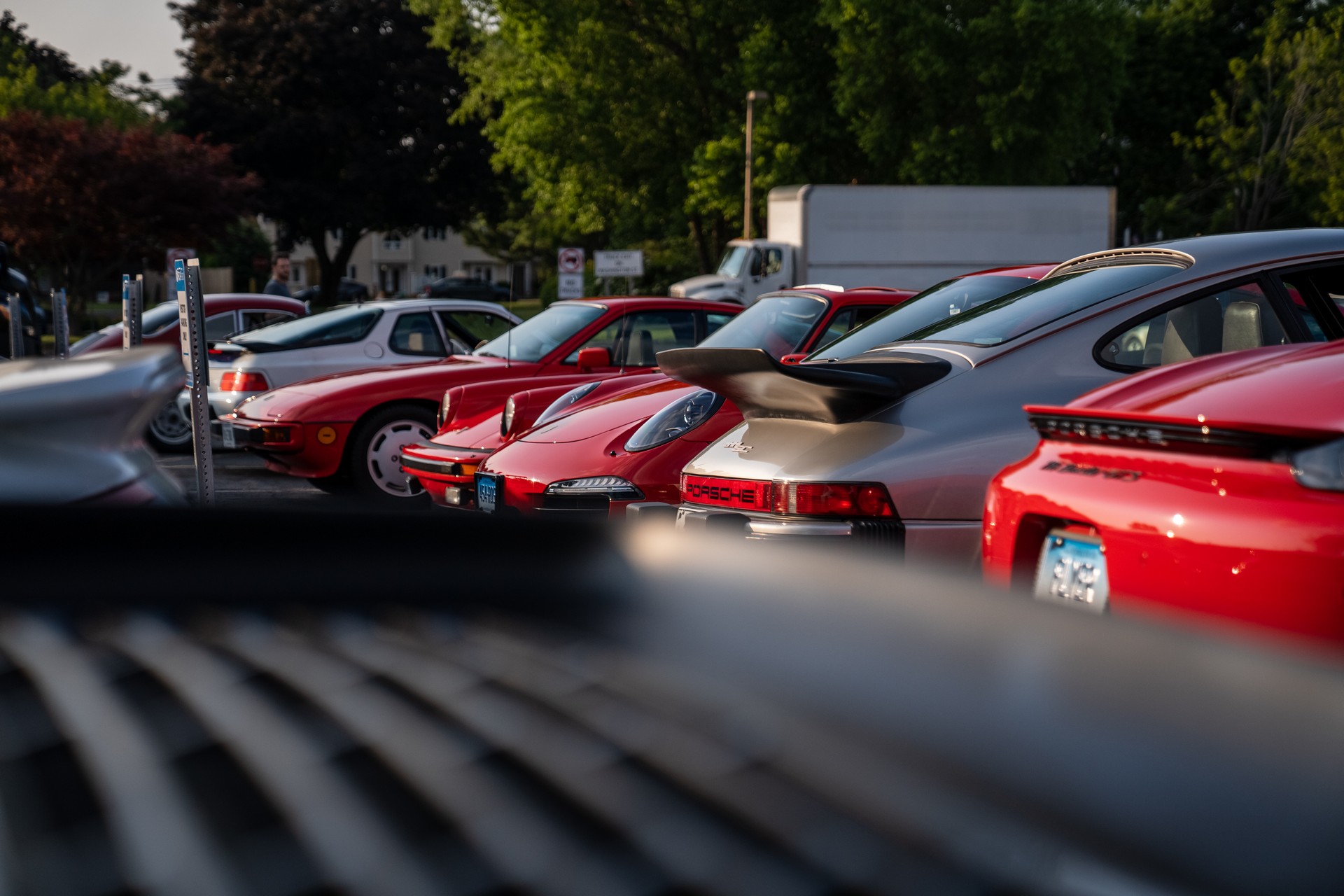
Arriving in 1975 for the entire lineup, the original Whale had four distinct variations. The most basic is the original, with a single grill opening for the engine to breathe through. Then there are the two twin-grill versions. One has a small grill aft of the main engine venting in the large body-color section between the rubber edge, while the other has a larger secondary grill meant for an A/C condenser. Lastly, there’s an all-polyurethane wing typically on UK-spec models, with one large plastic grille making up most of the tail’s upper surface. Separately, the 911 IROC cars and 3.0RSRs wore all fiberglass tails with an upsized wing area for maximum lift reduction.
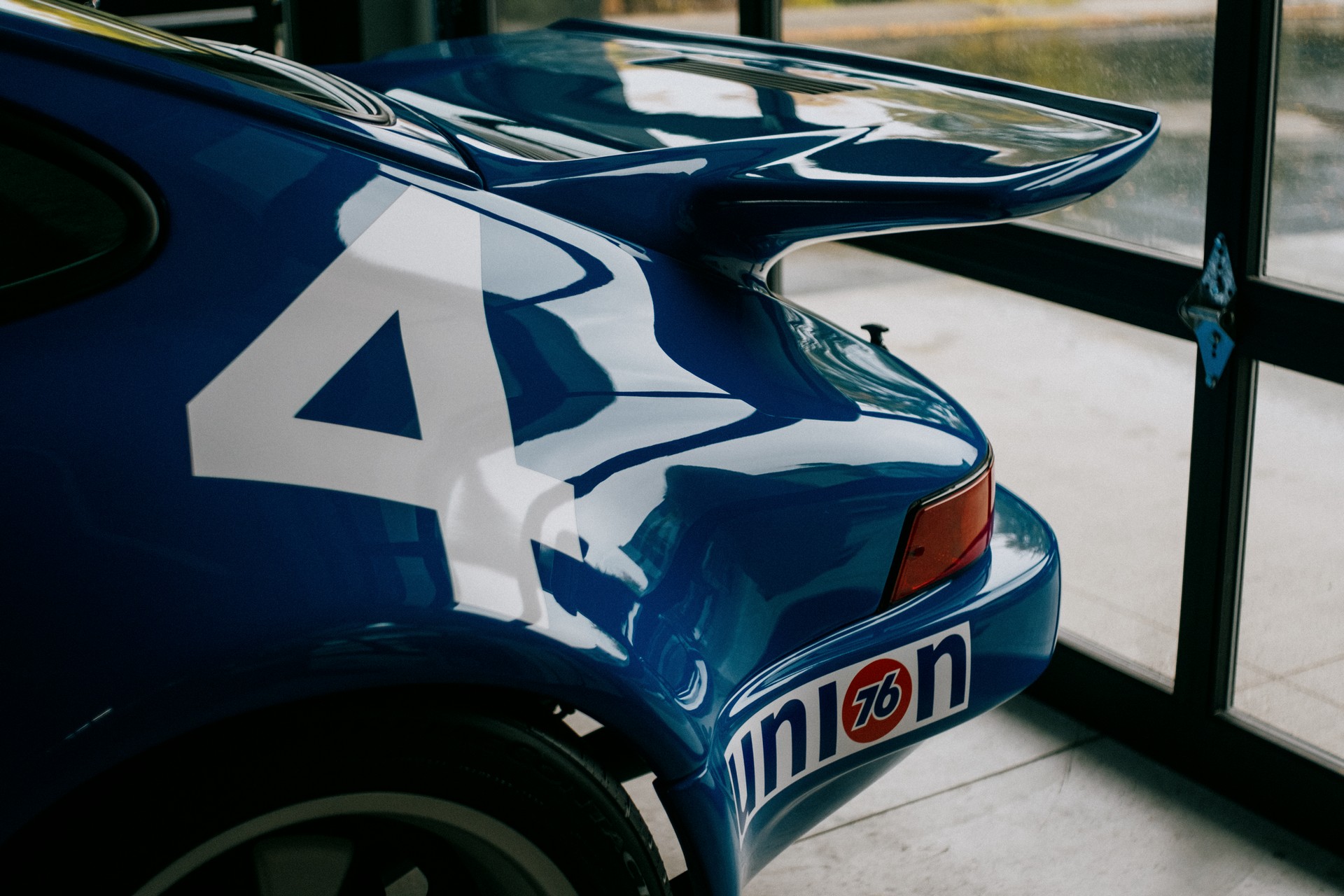
Availability between standard and optional equipment is somewhat debated, but the widest use was between ’74 and ’78 when it was standard on the 3.0RS, Carrera, and Turbo Carrera. Between ‘78 and ’84, only the 1980 Weissach Edition received it as standard, while earlier SCs were given the all-rubber version as an option overseas. However, saying it went away would be incorrect, as Porsche simply updated the design into two new variants.
Turbo “Tea Tray”
Porsche quickly learned that by cooling the charge air, they’d get a happier, more powerful, and more reliable engine than without. They also discovered that there wasn’t a way to fit the intercooler anywhere but above the engine and in the airflow. While the Whale Tail provided the lift reduction needed at speed, its sloped engine grill would be directly in the way of the intercooler, so engineers got to work building something that did.
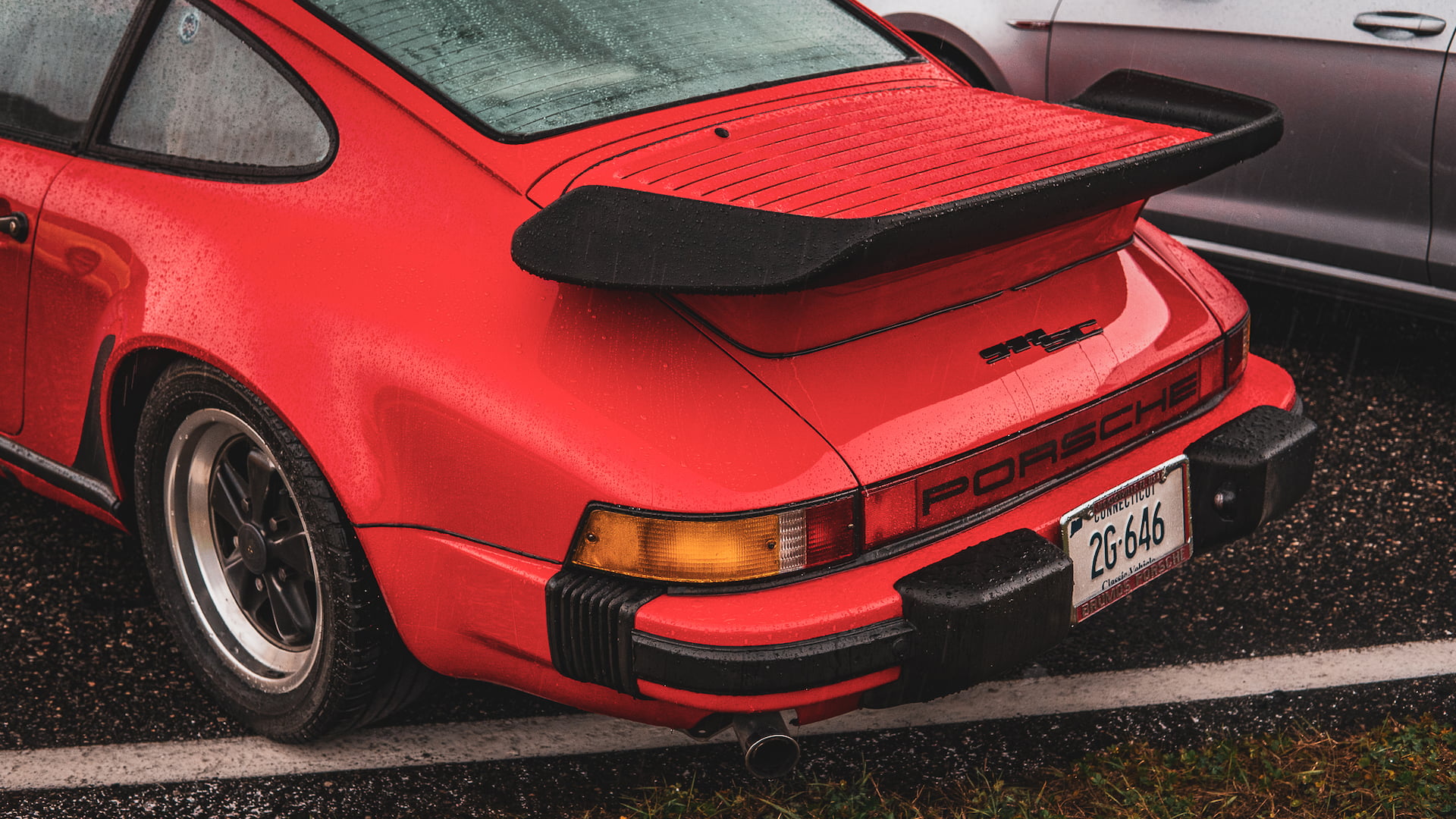
In 1978, Porsche fitted the 911 Turbo with the larger 3.3L engine and the “Tea Tray” spoiler. It was a reasonably simple redesign spurred by the need to fit the intercooler. However, it provides the best lift reduction of any G-series spoiler by a significant margin, thanks to the revisions to the rubber edge. It also presented a significant shift from its predecessors in that it was no longer integral to the engine lid. Instead, the tea tray was bolted onto a standard engine lid.
It effectively reduced lift and fed the intercooler with fresh air, so Porsche didn’t change it. After arriving in ‘78, the Tea Tray saw use through the 964 Turbo 3.6 without modification. Since then, it’s become somewhat of an icon, integral to the spirit of those tricky-to-drive 930s of the seventies and eighties. That said, Porsche eventually altered and updated the spoiler for the 993 Turbo.

In the last iteration of the air-cooled Turbo’s legacy, the Tea Tray saw development into its final form. The big rubber lip on the spoiler’s edge was a good match for all of the black rubber and metal trim on 911s of old, but the 993 Turbo’s updated styling would’ve clashed with the old edge. On top of that, the new body panels were far more aerodynamic, allowing Porsche to make some worthwhile changes to their aerodynamic aid.
The classic spoiler’s edge became integrated into the spoiler’s body, losing the polyurethane for an all-GFRP construction. Edge shape stayed similar, but the sides extended outward a bit further while drooping slightly. The lowered sides become blatant when looking at the spoiler from behind, as the straight rear edge slopes downward from the center to meet the sides. Altogether, it looks like an all-new piece, and it is, but it’s not without its ties to its predecessor.
Carrera Tail
By the time the 3.2 Carrera arrived, it was clear to engineers and the Porsche board that the 911 wasn’t going anywhere anytime soon, so chassis development continued. A part of that continuation was the addition of a new spoiler for the normally aspirated models, this time, as standard. Like the Tea Tray, it’s an evolution of the Whale Tail, remaining closer to the source material in shape.
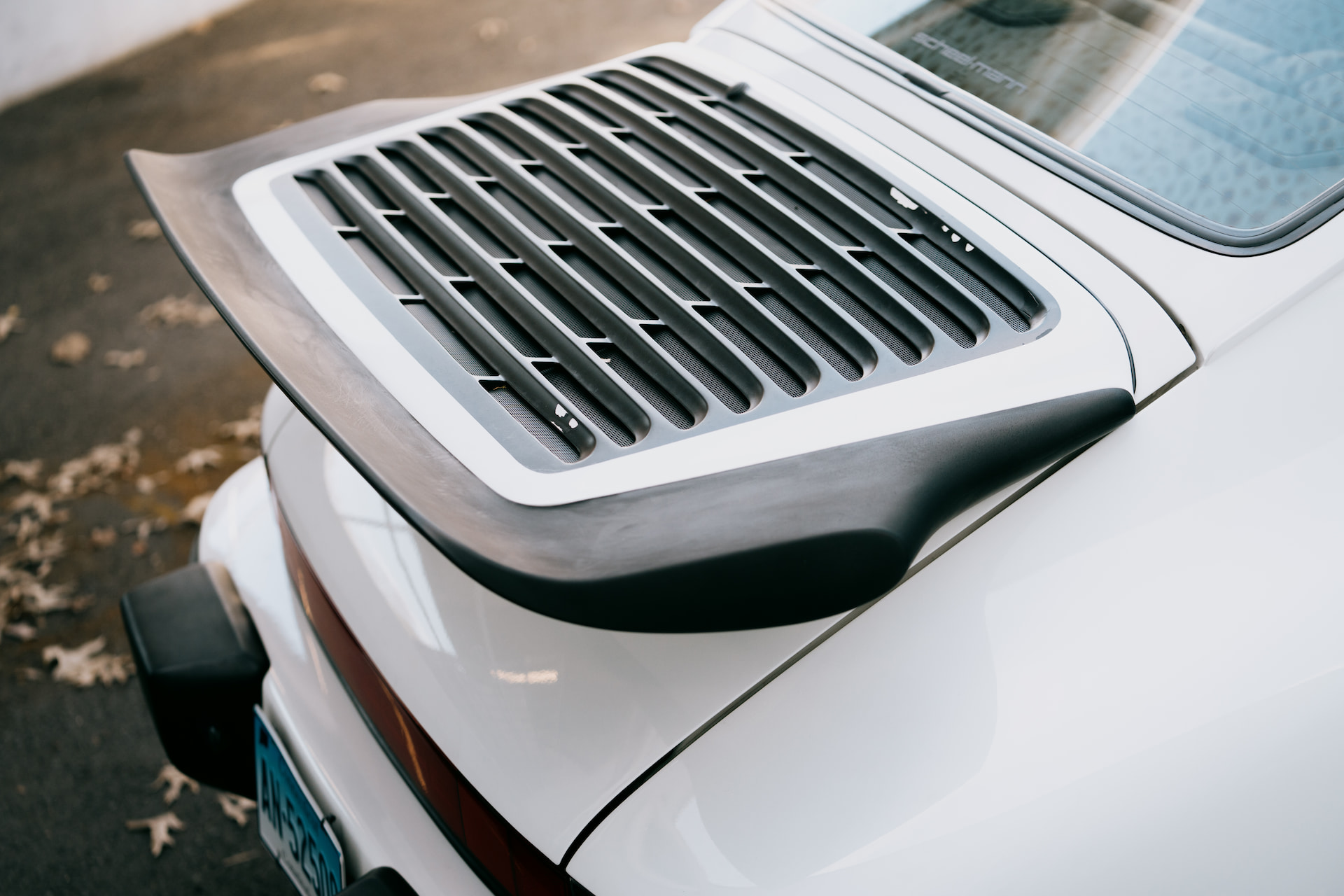
The Carrera Tail is a blend of its two predecessors in appearance. The full-width and length grill is reminiscent of the Turbo’s, as is its separate construction from the lid. However, the all-important spoiler shape is more reminiscent of the Whale Tail. They’re not the same; the Carrera’s rubber edge extends to the spoiler’s forward edge, but they’re close enough that you might not realize the difference upon first appearance.
As the name suggests, this spoiler was designed for the 3.2 Carrera, which spanned 1984 to 1989, but it saw two final appearances beyond that range. Porsche ditched the fixed spoiler for the highly-revised 964 in favor of the retractable spoiler/grill we’re familiar with, but the older unit had an advantage in weight and lift reduction, causing Porsche to bring it out twice more. The 964 RS America was the only other model to rock the Carrera spoiler in the original configuration, but this specific model wasn’t the only one chasing weight reduction.

The 964 Aero Aids
The 964 has become a favorite among many in recent years after a good period of being one of the cheapest variants you could buy. In many ways, it arrived with a new era for Porsche, bringing about the last major update to the air-cooled Mezger engine, an all-wheel-drive system, and a whole host of small-run 964 variants that have made this generation one of the most interesting to read about. Most importantly, for this article, it introduced the electronically retractable spoiler within the engine lid. Safer for pedestrians, and plenty effective, the basic principle remains in use on the latest 992.2 Carreras.
That said, Porsche continued to use fixed aero that could serve as an expensive table in a pinch. Americans first received the Carrera spoiler on the RS America, and a slightly updated continuation of the Turbo Tea Tray, as mentioned above. However, both were seemingly mashed together for the 964 Turbo’s first limited production run.
The 964 Turbo S Leichtbau—German for lightweight—was a special edition to celebrate the 1992 IMSA Supercar championship won by a Porsche 964 Turbo. Featuring carbon-kevlar body panels, deleted power steering, a seam-welded chassis, and much more power than a standard Turbo, it was the first lighweight Turbo variant ever produced. A rubber-laden Turbo spoiler wouldn’t fit with the 964’s diet plan, so Porsche engineers created an all-fiberglass spoiler large enough to fit around the intercooler, but with a spoiler shape reminiscent of the RS America. It was a lighter and (likely) more effective spoiler unique to the Turbo S Leichtbau. One could only imagine Porsche would continue to use it on later high-performance models needing something svelte, but they didn't.
Turbo S models received the same rubber-laden Tea Tray as the non-S, but those sent through Porsche Exclusive often received option X93, which gave them the “Exclusive” spoiler. It’s another all-composite spoiler similar to that of the Leichtbau, but with endplates reminiscent of the Tea Tray. The grille up top has two lines running through it, breaking it into three sections. In most cases, the X93 rear spoiler was packaged with the X92 front spoiler. Both can been seen in better detail on the car below in its for sale ad at WOB Cars.
.jpg)
Lastly, there’s the 964 Carrera RS 3.8 as far as the street cars go. A pure homologation special, just 55 were built for road use solely to allow the RSR to enter competition. The heaviest were still over 300 lbs lighter than a Euro-spec C2, and all were fitted with the big raised wing. Made from a plastic composite material, it was light and adjustable, marking the first time such a device was offered on a road-going 911. It also marked the beginning of RS models featuring a raised wing section rather than solely a spoiler, though not always as standard.
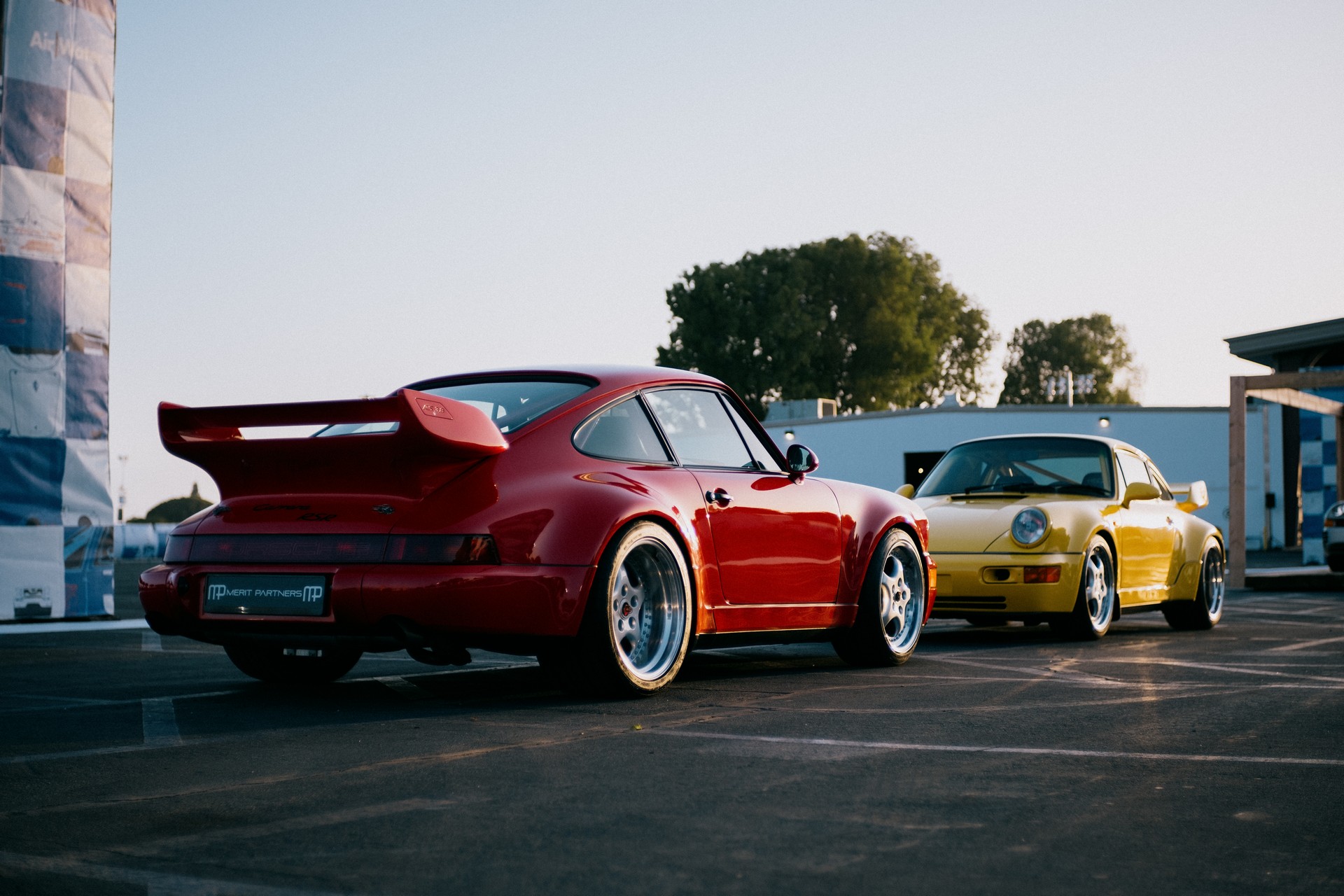

993 Turbo S/Aerokit Spoiler, Carrera RS Spoiler, Clubsport Wing, & GT Wing
America wasn’t privy to the lightweight homologation specials Porsche produced in the late nineties. While Europe received the special 993s, the Carrera RS and GT(2), we were offered only the Turbo S in terms of low-production variants. However, the spoilers and wings from those Euro-only models was optional at US dealers, and those models are all now eligible for import. That means you’re more likely than ever to see a 993 with some funky aero here in the States.

The 993 Carrera RS was, as every RS model is, a stripped-out and stiffened version of the Carrera. There were fewer interior components, thinner glass, a bit more power, and the all-important bodywork; however, the latter depended on which box was ticked during the build process. As with the 964, the 993 RS was available in Touring (option code M002) or Clubsport (option code M003) trims. Their aero aids were available through dealerships in Europe for Carreras as the Aerokit RS and Aerokit RS Clubsport packages.
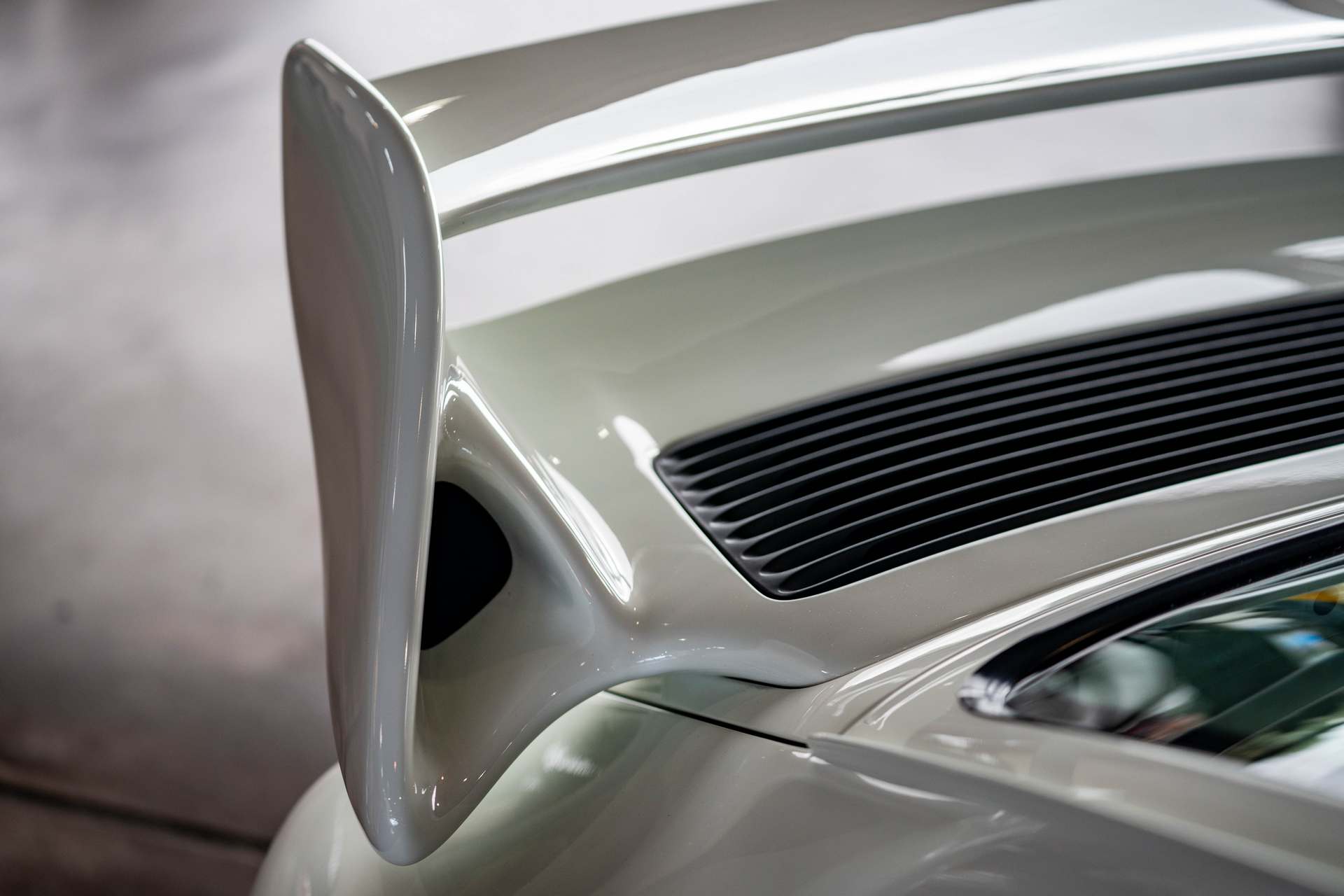
The Touring spoiler is a relatively subdued aero device, somewhat emulating the Carrera tail. It’s a fixed spoiler without an airfoil but with a unique shape compared to its predecessors. The overall spoiler shape is much rounder, with a more gradual up-sloping trailing edge than the aggressive flick-up on the Carrera tail. It also has much more pointed sides that jut out aggressively at the front corners of the grill before curving back into the spoiler’s trailing edge. Like the update for the 993 Turbo’s spoiler, the RS’s non-Clubsport wing is much more in line with the 993’s revised styling.
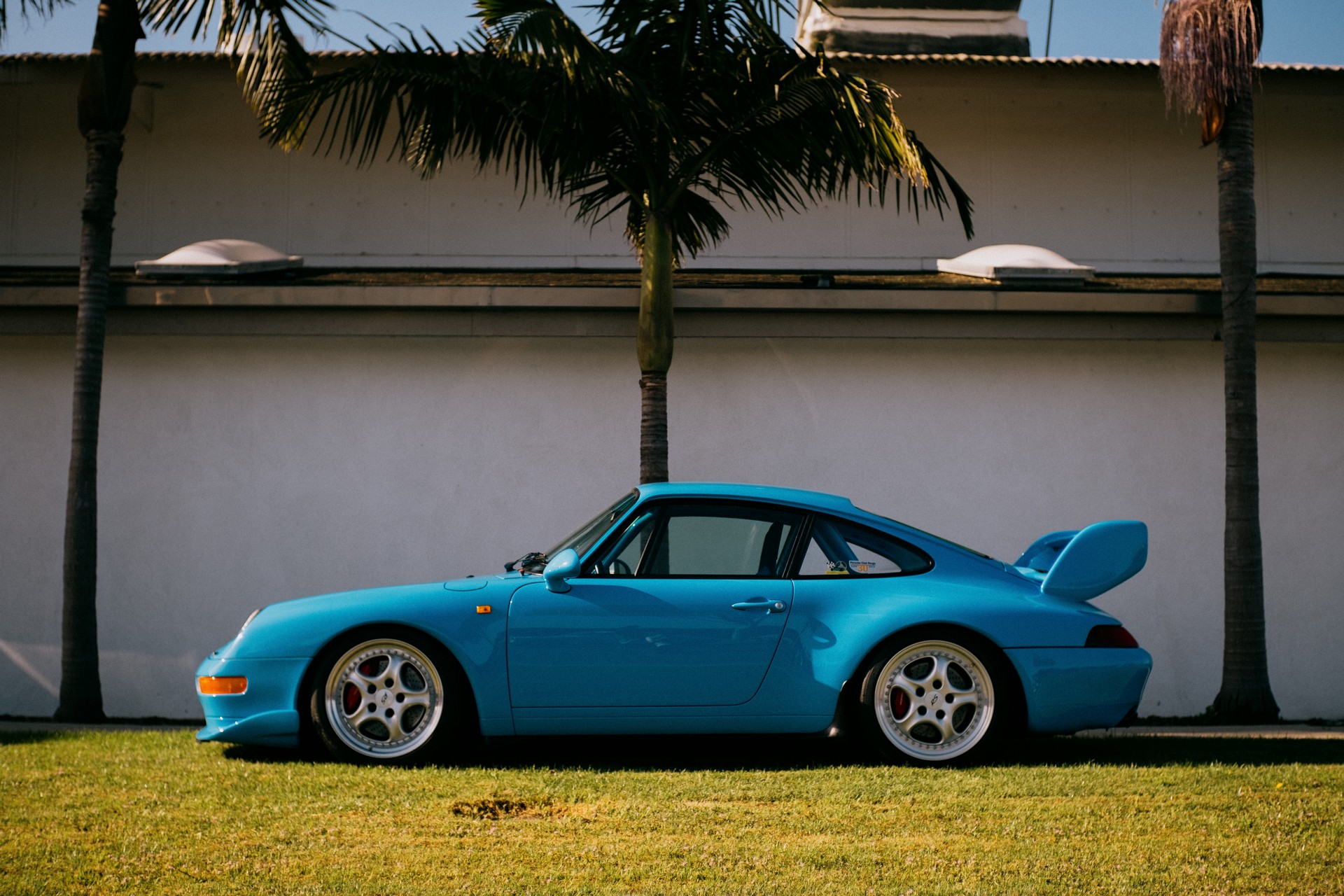
The Clubsport package took the RS further, deleting more carpet, adding a half-cage, and fitting a much larger rear wing, among other updates. Its wing is built upon the Touring spoiler with big pentagonal uprights on either side supporting a large airfoil. Below the airfoil, inlet air scoops are molded into the uprights. Porsche used the exact spoiler on the 993 Cup and Super Cup race cars. Looking at it quickly, it’s easy to mistake it for the wing developed for the 993 GT, or as most call it, the GT2.
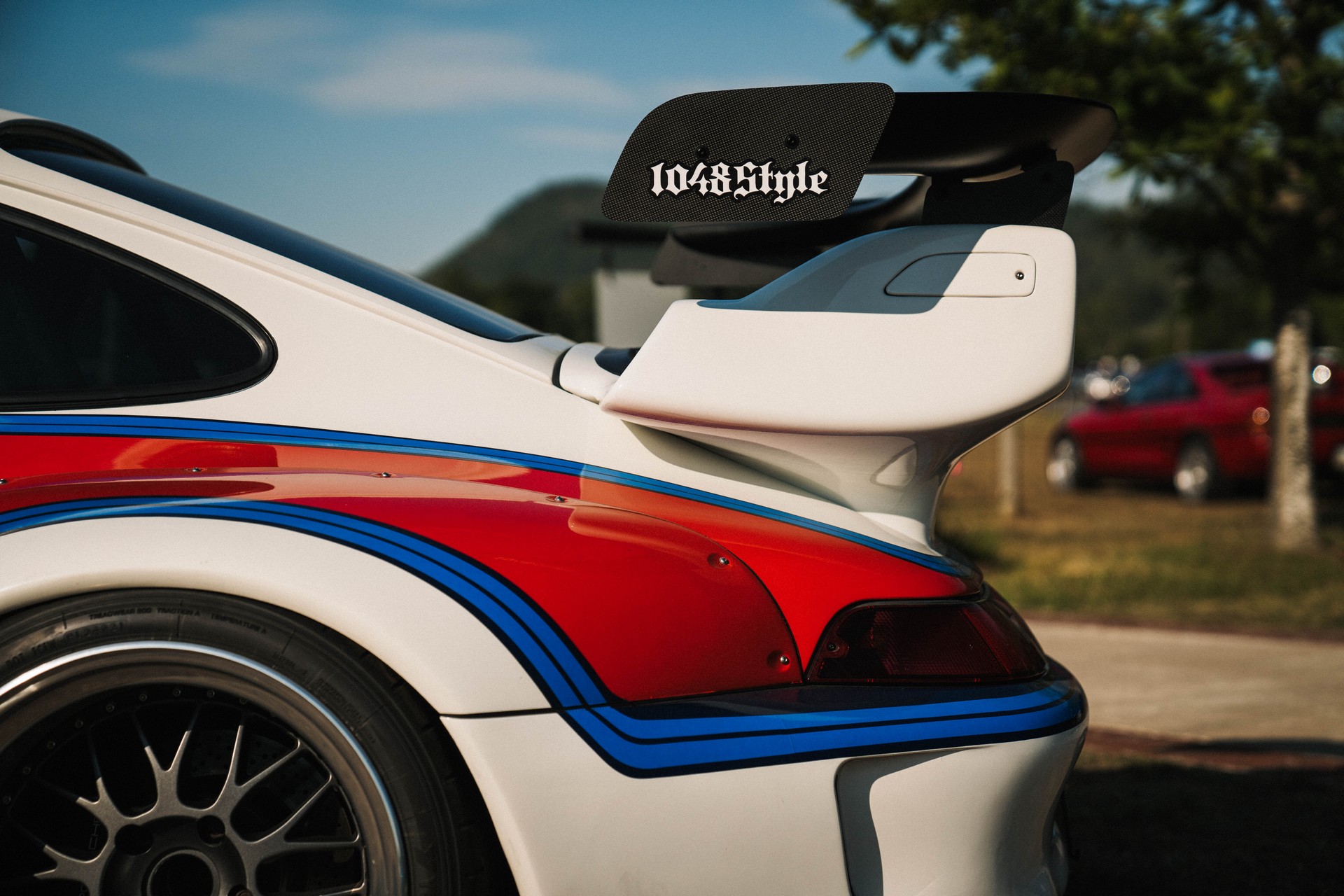
The GT wing is similar in style to the RS Clubsport but has a few key differences. The air inlets in each upright are much larger and comprise the leading edge, whereas they’re tucked behind on the RS. The upper wing portion is also adjustable on the GT wing, with six adjustment points between the leading and trailing edges. Those adjustment points are used as attachment points for the significantly larger and taller airfoil Porsche utilized in the GT2 race cars. You likely know what that looks like, as it’s the most common wing you’ll see on the RWB builds.
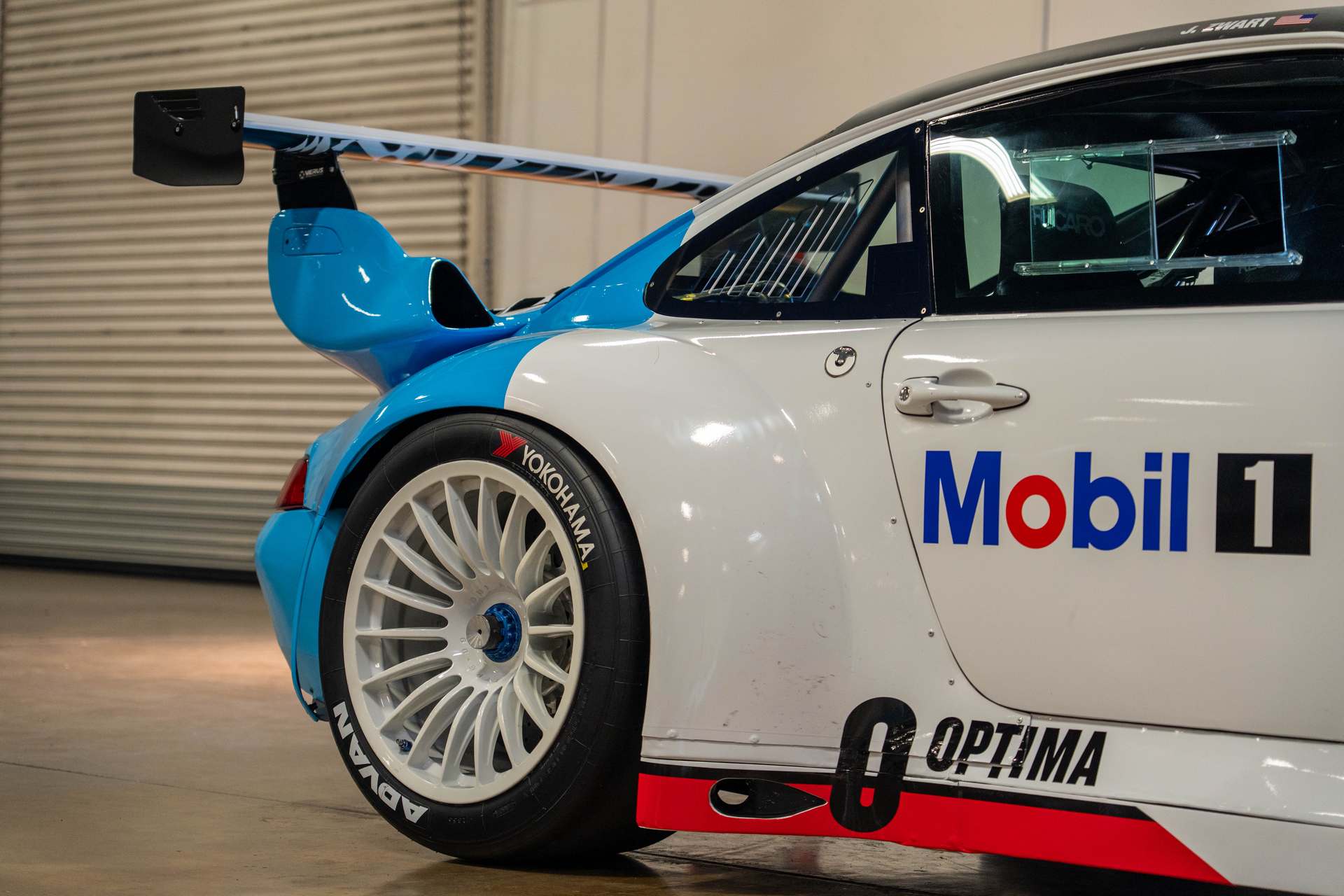
While it's unfortunate that we couldn't get any of those special models and their aero in the US, we did get some options. The 993 generation began the tradition of offering an 'Aerokit' package for the 911. All Carrera, Carrera S, C4S, and Turbo models, depending on the model year, had the option for improved aero. Narrow body US-spec models like the Carrera could have the Aerokit 1 or Aerokit 1b, "b" meaning integrated third brake light. The wing was a TechArt product available through Porsche for a few years, while also being available directly through TechArt. You can see it here.
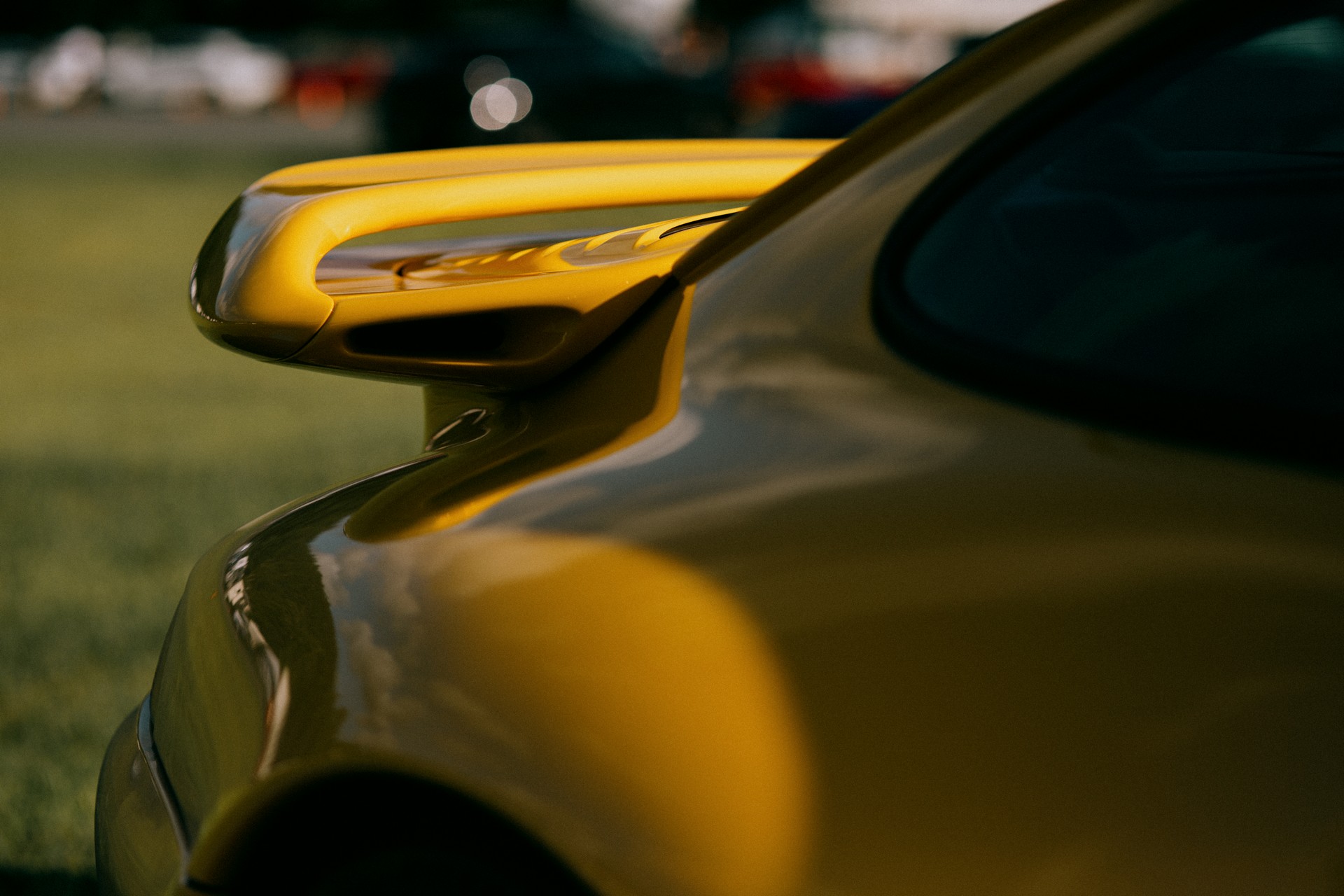
The wide body models like the Carrera S, C4S, and Turbo received an Aerokit of their own. It seems to have a few names—Aerokit II, Aerokit Turbo S, and Aerokit Turbo II—but it's all the same. A deep chin spoiler, wider skirts, and a 993 Turbo-esque spoiler with small air inlets in the leading edge and a low aerofoil section over the latter half of the lower section. This kit and the remaining 993 aero were made by a small French firm, Turnwald, not TechArt, and were only available through Porsche.
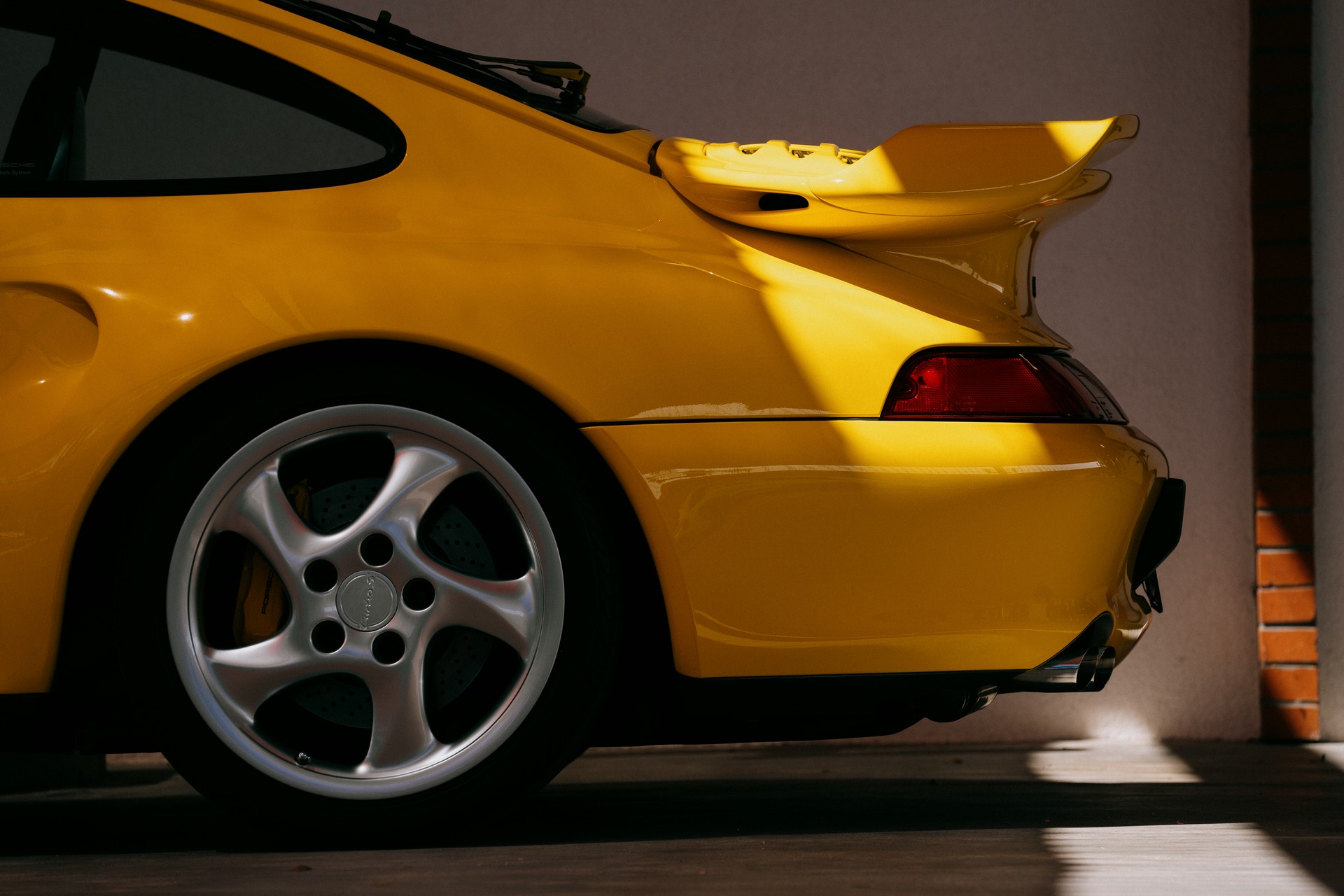
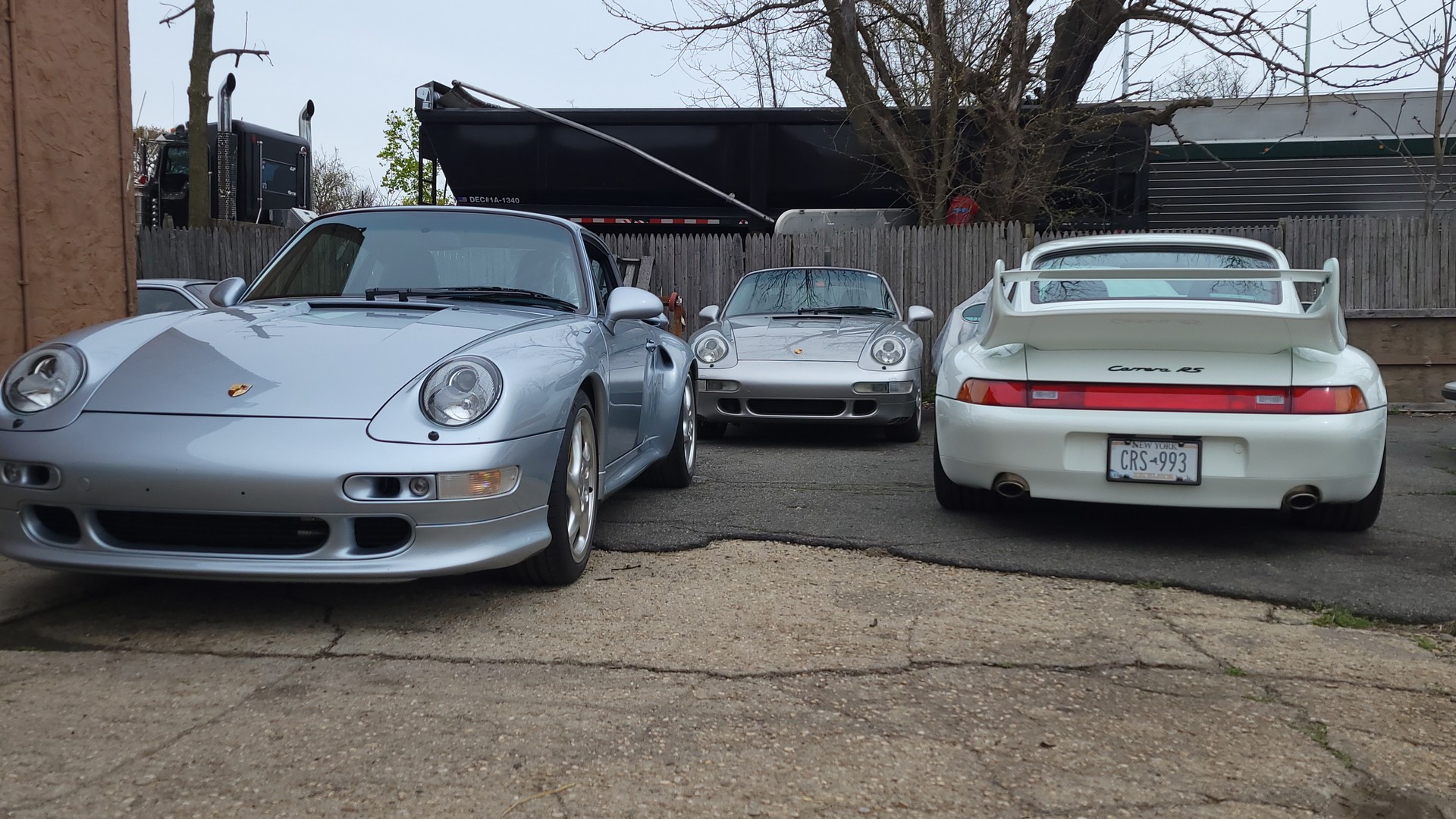
That should just about cover the entire air-cooled 911 range. If not a dizzying array of aero aids, this long list shows just how committed Porsche was to delivering the best product they could come up with. If you'd like to see more content on air-cooled 911s or anything else European and automotive, browse the DIY Blog before heading to our YouTube channel to see how our in-house engineers have built some of the coolest project cars of the last few years. Happy reading!

